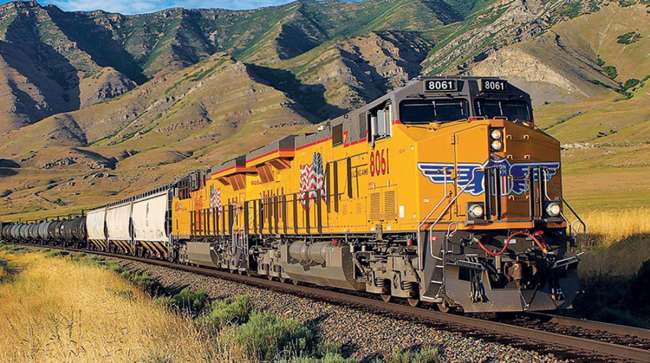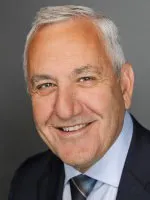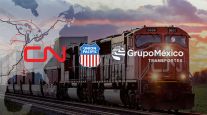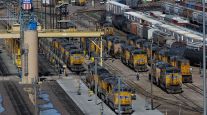Union Pacific’s New CEO Won’t Rule Out Cuts

[Stay on top of transportation news: Get TTNews in your inbox.]
OMAHA, Neb. — Union Pacific’s new CEO, who came into the job last month with a reputation for cost-cutting, says he won’t shy away from that, but no one should expect the kind of sweeping changes he made when he first oversaw the railroad’s operations a few years ago.
Jim Vena told investors Sept. 12 in some of his first public comments since he became CEO Aug. 14 that he’s focused on improving safety and service at the railroad. While he’s willing to invest in that, mostly he wants to make sure Union Pacific’s day-to-day operations are steadily improving.
“When you’re operating the railroad, you don’t make one big mistake normally, and you cause yourself to impact the system, and you slow down and then you can’t provide the service,” Vena said. “What happens is you make a lot of small mistakes, and if you make small mistakes, they come back all of a sudden and add up, and you wake up one day and you go, 'Wow! So that’s what I want to make sure that we’re on top of.'"
Initially, that means Vena is looking closely over the shoulder of Union Pacific’s chief operating officer, the job that Vena previously held at the railroad in 2019 and 2020. He’s also working to speed up decision-making at the railroad to help make Union Pacific more responsive to customers. Vena was hired after a hedge fund that was disappointed in the results under previous CEO Lance Fritz put pressure on UP.

Vena
Vena said he’s not changing from the lean operating principles he honed during four decades at Canadian National railroad, so more cuts are likely coming. But he said they won’t be as drastic as in his first tenure because Union Pacific already made most of the big moves when it first adopted the “precision scheduled railroading” model and slashed thousands of jobs and shut down a number of railyards across its 23-state network in the West.
Going forward, Union Pacific will also be focused on attracting new business and boosting rates to cover higher costs like the raises and sick leave the railroad agreed to give workers over the past year to address some of their quality-of-life concerns. Both those things will also help the bottom line.
“I promise you this: We’re going to be the best,” Vena said. “We’re going to have the best margins. We’re going to have the best service, and we’re going to have the best safety record. And if we do that, customers will want to come with us.”
But the current weak consumer demand amid the uncertain economy and inflation has translated into a 3% drop in volume so far in the third quarter, even though most industrial shipments have remained steady. That will put pressure on Union Pacific’s profits.
Vena’s comments about continuing to improve safety will likely be welcomed by the head of the Federal Railroad Administration, who took the railroad to task in a letter last week detailing an alarming number of defects found by inspectors this summer on freight cars and locomotives in use at Union Pacific’s largest railyard.
Want more news? Listen to today's daily briefing above or go here for more info
After Vena spoke with FRA Administrator Amit Bose on the phone Sept. 11, he wrote a letter stressing Union Pacific’s commitment to addressing the concerns and making any needed changes or repairs.
Railroad safety has been in the spotlight this year ever since a Norfolk Southern train derailed and caught fire in eastern Ohio in February. That crash prompted temporary evacuations, calls for reforms and months of cleanup that still isn’t complete. It also left the people who live near East Palestine with many lingering health worries.




